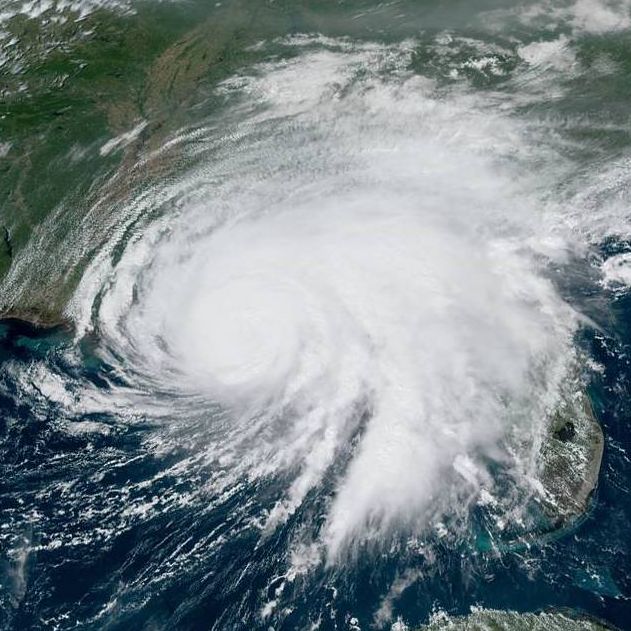

On October 10, the SBP tried to dispel this impression. “ut refinancing plans for the remaining $4.5bn are not available,” the report pointed out. Of the $15.5 billion in debt service obligations falling due in the fiscal year, they said $9.5 billion will be rolled over, since it was from official creditors, and a bond of $1.5 billion is earmarked in the latest budget. “We estimate that Pakistan faces a funding gap of at least $6 billion” in fiscal year 2023 (FY23), the report said. In a snapshot of Pakistan’s external debt service burden released by Barclays Bank in the middle of September, the authors pointed to specific risks facing foreign creditors.

Interest payments alone, the agency estimates, will eat up half of government revenue this fiscal year, up from around 40 percent last year. Pakistan’s credit rating has been downgraded by Moody’s with a blistering statement, saying the country’s ability to afford its own debt is “one of the weakest among the sovereigns” that the rating agency deals with. Last Monday, the State Bank of Pakistan (SBP) told an analyst’s briefing that the country has ample financing lined up to meet its obligations through the entire fiscal year. Two finance ministers have emphasised that they have no intentions to seek a rescheduling of that payment obligation in December, but the markets are unmoved by these reassurances so far. The debt burden alone is so high that the country’s foreign creditors are pricing in the possibility of a default on a bond that is maturing in December, barely three months away. The result is political paralysis, amid an economy pregnant with pressures of unmanageable proportions. Neither of the protagonists have an idea of their endgame here.
Like a storm it cuts a path how to#
We have an opposition so rancorous that it cannot figure out how to recapture the power that was snatched out of its hands a few months ago, nor how to climb down from the fire and brimstone rhetoric it has used to mobilise the masses behind its narrative. But within Pakistan, we have a government that can neither wield power nor surrender it.

The world is wracked by an economic crisis so complex that one government after another is throwing out the textbook in order to reckon with its impact. Is there a way out? And what are its economic managers likely to do?īut today is different. With global markets in turmoil and the prospect looming of worldwide recession, Pakistan faces a perfect storm of a deflating economy, spiralling inflation, rising terror threats and political paralysis. Those with a memory may argue that we have faced these issues before, and lived to tell about it. To this list we can add the aftermath of the most catastrophic flooding the country has ever seen. None of that holds true this time.Īt a time when global markets - and geopolitics - are wracked by instability, Pakistan is facing a deflating economy, spiralling inflation, the rising arc of terrorism and a political system near paralysis. But, in previous episodes, it was actually possible to see one or two points of origin from where the troubles were emanating, a relatively clear path out of the crisis was usually visible, and somebody - whether civilian or military - was ready and willing to undertake the task of walking the country down that path. Political and economic crises are not unusual in Pakistan’s history. Rarely have things been as messy as they are today.


 0 kommentar(er)
0 kommentar(er)
